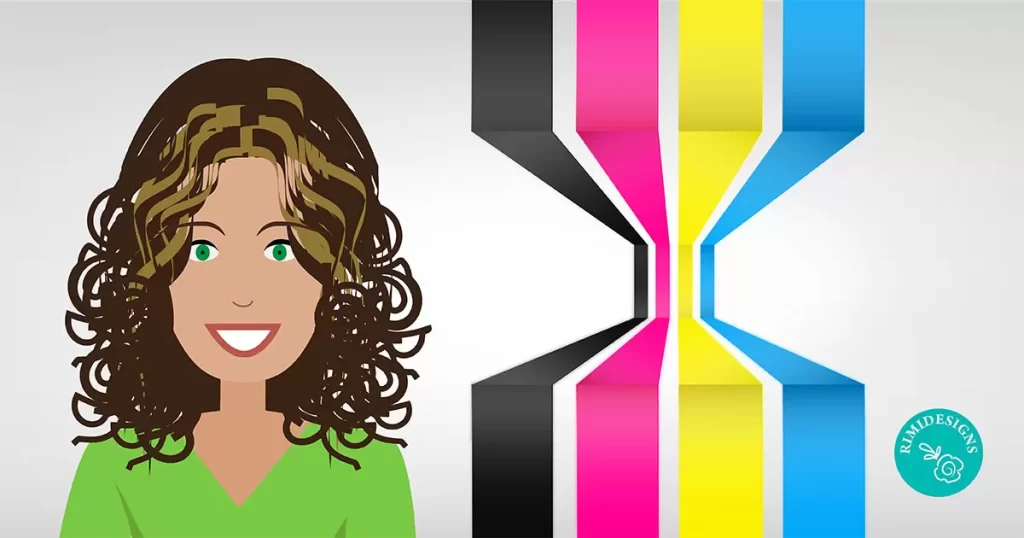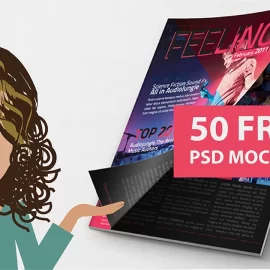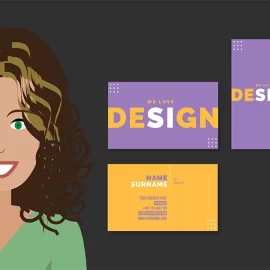
Printing: What Are Finishing Services?
True to its name, finishing services refers to the activities that are performed on printed materials after they have finished printing. This may include everything from binding to the fastening of individual sheets together or decorative processes, such as die stamping, embossing or laminating.
This process can take place in one of two ways.
In-line process
Units attached to the end of the printing press perform the finishing operations. This is typically the case with web presses, as well as many digital presses.Off-line process
Printing and finishing are completely separate processes.
Below we describe a few of the finishing services available for your print project.
Bindery processes
Cutting and trimming
Paper stock that is used for printing materials may need to be cut or trimmed during the production of the job. This may be a result of the paper stock being too big prior to production, multiple signatures are combined on one press sheet, or sheets may need to be trimmed to fit folding machine.
This cutting and trimming is usually done using a guillotine cutter. A stack of sheets is placed on the bed of the cutter and the angled stainless steel blade cuts through it at the desired position. All the stacks are then often placed in a jogger, a vibrating table that squares the stacks of sheets.
Folding
For magazines, brochures and books, large press sheets need to be folded into signatures. This involves a series of right-angle folds, in which the sheet is folded multiple times.
There are two common types of folding machines: the knife folder and the buckle folder. In general, knife folders are used for heavier stocks, while buckle folders are used for lighter paper types.
Collating and gathering
Collating and gathering refers to process of placing sheets in the correct sequence. Many laser printers and copiers have a collating function.
Gathering is a similar process but it involves folded signatures.
Binding
Binding involves the fastening of individual sheets together. There are many options for binding your materials together, including gluing pages to a spine, driving staples through the centre of a spine, stitching a book block with cord or thread or threading a plastic coil through holes punched in the stack.
Decorative processes
Embossing or debossing
Embossing is the process of adding a relief image to a book cover or other printed material. Sometimes an ink or foil is used to accent the relief image.
Debossing is the opposite process of creating a sunken image on the substrate.
Foil stamping
Foils can be applied to book or magazines covers. They are metalic foils which reflect light and add a silvery or golden glow. These foils are applied using a pattern on a heated die that presses a roll of foil against the substrate.
Adding the foil can be combined with embossing in a process called foil embossing.
Coating
There are different types of coatings that can be applied to printed matter.
Varnishes protect your materials and have a decorative purpose. In some cases, varnish isn’t applied to the entire surface but only used to make certain pictures, logos or text columns stand out. This is called a spot varnish.
Primers are used to improve the ink reception or to facilitate the application of another type of coating.
Barrier coatings improve the resistance to oxygen, water or chemicals.
Laminating
Laminating refers to bonding a separate material or layer of material to the printed matter. The most common type of laminating is sealing the print between two layers of a plastic material, often used to make materials both sturdy and waterproof.
Edge staining
Edge staining refers to the process in which the edges of the pages of a book or catalogue are coloured to mark different sections.
SOURCE: Imagine



